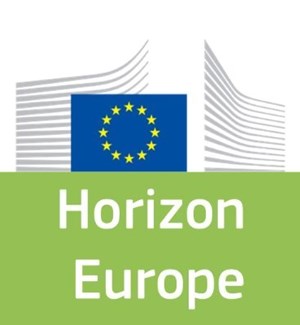- Rheinische Friedrich-Wilhelms-Universität Bonn - Germany
Plastic nanoparticles, detected in a variety of ecosystems, can translocate from the gut to the lymph and circulatory systems, and cross the blood-brain barrier in mammals. However, the long-term effects of nanoplastics in the brain are unknown. Microglia are neuroimmune cells which sense and respond to environmental changes. They are essential for neuronal homeostasis and may be activated by nanoplastics reaching the brain. The EU-funded NanoGlia project will use rodent animal models to investigate behavioural, cellular and molecular changes in the brain following ingestion of nanoplastics. The project will study nanoplastics-induced developmental reprogramming events in fetal microglia that may influence brain organogenesis and function. NanoGlia seeks to understand how nanoplastics cause microglial activation during embryogenesis and postnatal stages, and whether this immune activation might lead to permanent changes in brain development and function.
Want to analyze based on this project via our analysis tool? Analyze this project
Knowledge Gaps
Degradation
Mode of action (MOA)
Chronic or long-term effects, multiple forms and/or sources
Occupational exposure
Human and environmental effects and toxicity test methods




